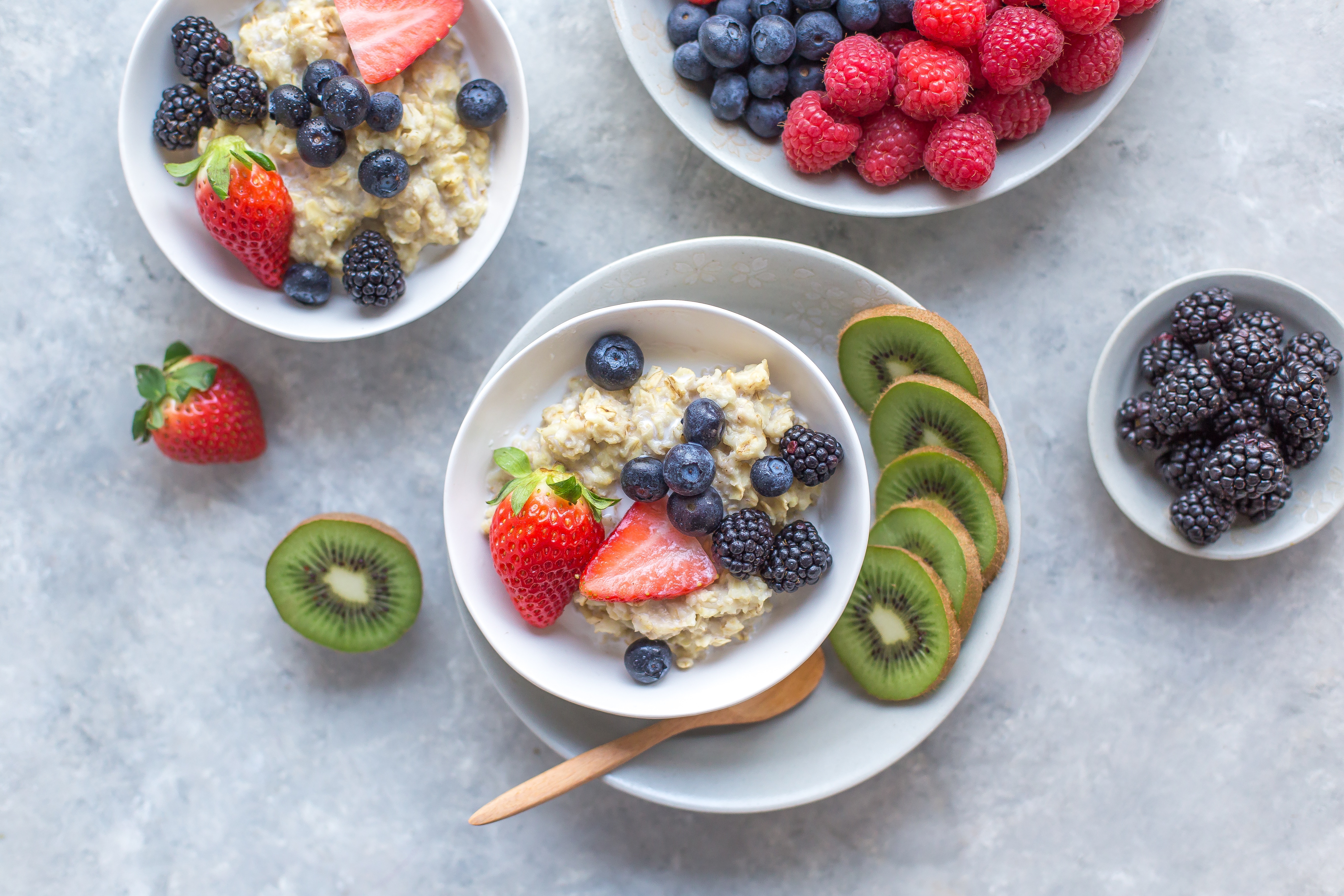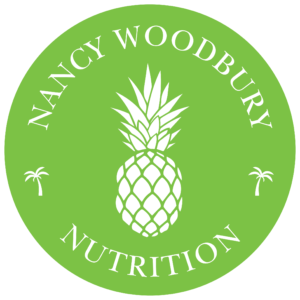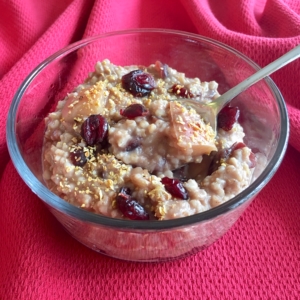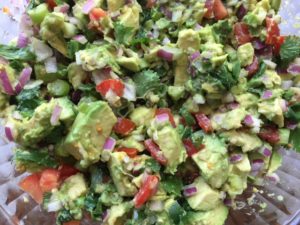
Oats and fruit are good sources of fiber (Photo by Melissa Belanger on Unsplash)
Most people know that eating high-fiber foods promotes regular bowel movements. And you may have heard that dietary fiber can help reduce high cholesterol and blood glucose levels.
According to the Food and Nutrition Board of the National Academy of Sciences, which presents the Dietary Reference Intakes, “The recommended intake for total fiber for adults 50 years and younger is set at 38 grams for men and 25 grams for women, while for men and women over 50 it is 30 and 21 grams per day, respectively, due to decreased food consumption.”
But there are many types of fiber with unique properties and health benefits, so eating more fiber is not a one-size-fits-all solution. You must understand how each type of fiber works in the body in order to choose the right foods to achieve your health goals.






